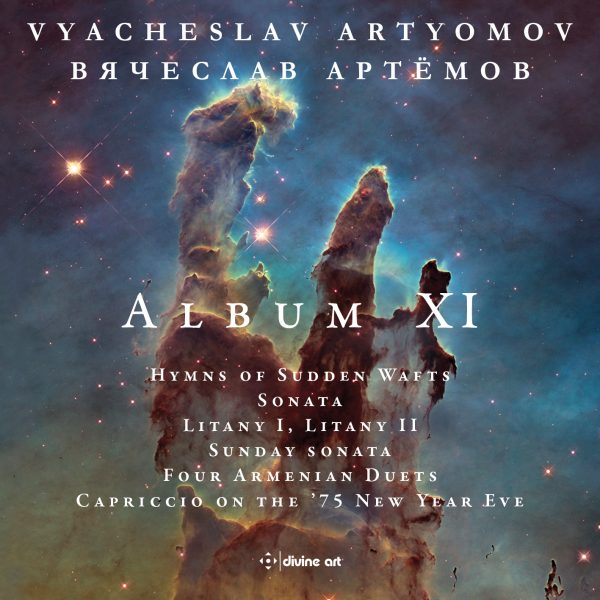American Record Guide
Vyacheslav Artyomov (b. 1940) stands as one of the leading Russian composers of his generation. Like so many artists of the postwar USSR, he won little recognition for his work; but since around 1990 his music has become better known internationally. His style is consistently dissonant, but it is more the French style of euphonious dissonance (i.e. the post Debussy style of Varese or Messiaen) than the German (Viennese school and serialism). His music often reveals lovely vertical sounds (beautifully spaced chords you couldn’t begin to analyze!), and it is often static, with little sense of motion or harmonic pull. The best example here is the second of the Hymns of Sudden Wafts, which has a metronome marking of eighth note=19. We have some serious stasis here, and the piece goes on for 23 minutes!
The fine liner notes by Robert Matthew Walker refer to Artyomov’s roots in the Russian stream of consciousness style, fed by music of the Orthodox church and Russian folk style. These pieces (with 18 different performers) show a lot of variety, particularly in instrumentation. The Hymns of Sudden Wafts are for saxophone, piano, and harpsichord; Litany I is for four saxophones, and Litany II requires four flutes. The Sunday Sonata is really a bassoon sonata, and the Clarinet Sonata is unaccompanied.
I have no reservations about the quality of Artyomov’s music or the sincerity of his message. His language, though, requires patience and a willingness to accept his drawn out time frame and “new age” spirit. The performances all seem very good, and the sonics (Divine Art has already presented 10 CDs of Artyomov) are excellent. This, then, is a fine introduction to Artyomov’s chamber style. Perhaps a better introduction would be a larger work such as his Requiem, which has been widely acclaimed. That recording has problems, but it would be a better introduction to his music.
@divineartrecordingsgroup
A First Inversion Company
Registered Office:
176-178 Pontefract Road, Cudworth, Barnsley S72 8BE
+44 1226 596703
Fort Worth, TX 76110
+1.682.233.4978












